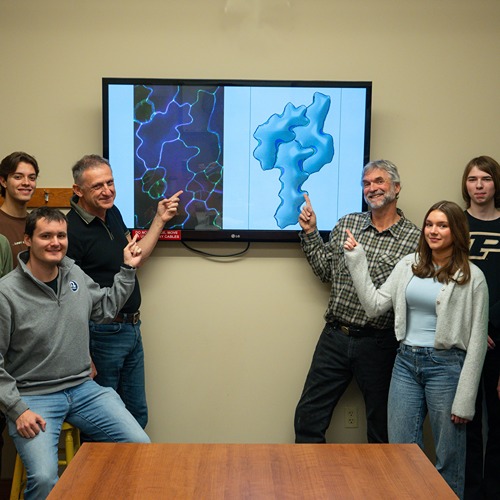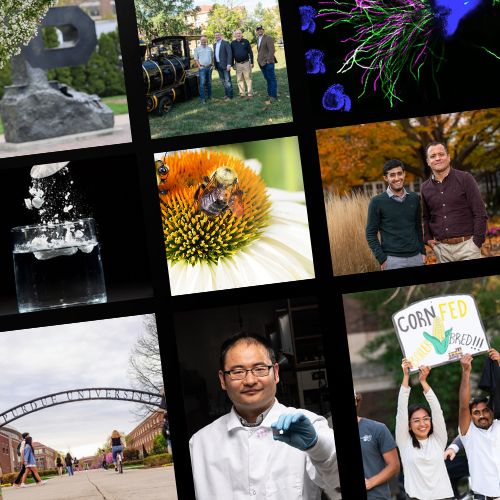The past informs the present: The future of the beef supply chain
A
gricultural Economics Distinguished Professor and Department Head Jayson Lusk provided testimony to the U.S. House Committee on Agriculture Subcommittee on Livestock and Foreign Agriculture earlier today. He addressed the issue of “State of the Beef Supply Chain: Shocks, Recovery, and Rebuilding.”
Lusk first set the scene by describing the events in recent years that have contributed to the volatile cattle and beef markets. He referenced the loss of a major packing plant to fire in 2019; demand-induced disruptions from COVID-19 that resulted in a decline in restaurant spending and spike in grocery spending; COVID-19 worker illnesses in packing plants; increasing feed prices; drought in the West; and, recently, increased Chinese imports and cyber-attacks. Lusk concluded this litany with a startling statistic.
“Only one other year in the past 30 has witnessed more volatility in live fed cattle prices than 2020.”
Preceding the last several years was a decade of cattle inventories that Lusk describes as following a V-shaped pattern with corresponding prices that followed an inverse V-shaped pattern. He explains the impact.
“From 2010-2015, the total number of commercial cattle slaughtered fell by more than 16.3% The decline resulted from producers cutting inventory due to an increase in feed prices and a drought in some parts of the Midwest. This change in numbers affected the packing sector. Some small and medium packers exited because it was no longer profitable, and some large packers shuddered plants in an attempt to align capacity with inventory.
“It was against this backdrop that we experienced the unexpected fire, pandemic, and cyber-attack that further exacerbated the effects of limited capacity.”
From his recount of history, Lusk identifies the key lesson is to remember there are long lags and ripple effects in cattle and beef markets. Decisions, such as breeding cows or building new packing plants, should not be based on what is happening today. Instead, Lusk offered this recommendation to the committee.
“Do not overly focus on what is happening today. Consider what will be needed 3 to 5 years from now. Market participants adapt to changing circumstances. However, policy ideally should focus on longer-run forces that improve the well-being of producers and consumers in an industry.
“It is important to consider solutions that may be less costly and restrictive than a mandate because the cattle industry is constantly evolving and needs to remain cost competitive with other animal- and plant-proteins to have a place on consumers’ dinner plates.”
Lusk shares how innovations since 1970 have had such a reverberating effect.
“Had we not innovated since 1970, about 11 million more feedlot cattle would have been needed to produce the amount of beef U.S. consumers actually enjoyed last year. Innovation and technology saved the extra land, water, and feed that these cattle would have required, as well as the waste and greenhouse gases that they would have emitted. Investments in research to improve the productivity of livestock and poultry can improve producer profitability, consumer affordability, and the sustainability for food supply chain.”
Lusk concluded his testimony with optimism about the future, noting that the beef cattle system responded surprisingly well to the past few tumultuous years.
“Producer prices have been on the rise. Consumer demand is strong. These core facts should remain front of mind when considering changes that would significantly affect the cattle industry going forward.”






